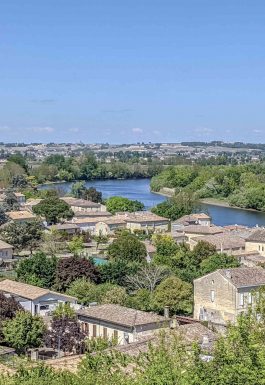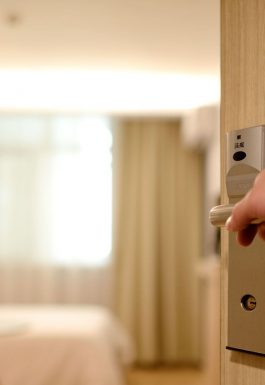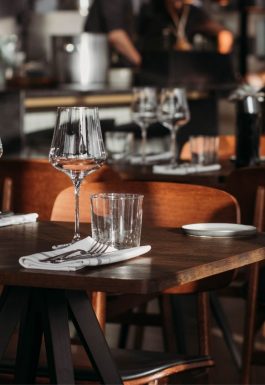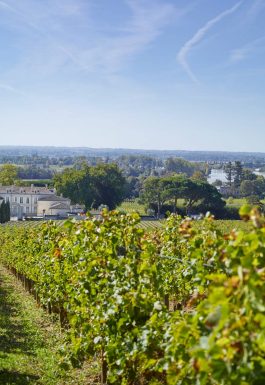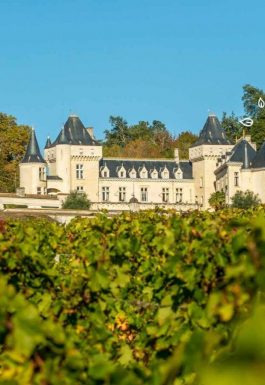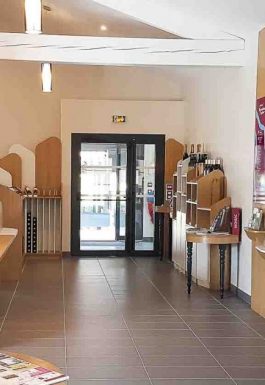The foundation of the bastides is part of a vast movement, which participated in the 13th and 14th centuries in the development, settlement and urbanization of Aquitaine and the county of Toulouse. A few bastides cover the territory of Grand Libournais.
What is a bastide?
A bastide is a new medieval town with a regular plan organized around a central square.
The Bastide of Libourne
Libourne is a royal bastide born in 1270 at the instigation of King Henry III of England. It was the knight Sir Roger de Leyburn, newly promoted to the honorary rank of Lieutenant of the King who was in charge of its construction (instead of the former Gallo-Roman port of Condatis) and who left it his name.
Over the centuries Leyburn Frenchified to become the town of Libourne.
Located at the confluence of the Isle and the Dordogne at the bottom of the Gironde estuary, the town of Libourne has the particularity of being the first maritime navigation port on the Dordogne, nearly 100km inland! This situation, unique in the world, favored its exchanges with the outside world and the development of a flourishing trade, of which wine was king, making it one of the most prosperous bastides in Aquitaine.
At that time, many ships left the port of Libourne for England, loaded with barrels filled with wine from the region.
The Bastide of Pellegrue
Founded in the XNUMXth century on a rocky outcrop, Pellegrue is one of the eight bastides in the Gironde. In 1272, Henry III of England plans to install a country house next to the castle town. His son, Edward I, built this foundation in 1274.The bastide encompassing the castle town corresponded to a square of about 200 meters on the side. This country house, by extension was surrounded by ramparts protected by a moat. Its development was designed on the traditional octagonal system with a central square. On the sides of the central square, buildings including the town hall topped by a belfry.
![]()
Pellegrue Hall
On the way to Vézelay
The village of Pellegrue has been crossed and still is by many pilgrims. Located on the road to Vézelay, it is a stopover for a popular rest. You can contact the tourist office (05 56 61 37 80) or the town hall (05 56 61 30 21) to find out the availability of the Relais de Pèlerins.
![]()
Pellegrue Church ![]()
Washhouse of the ramonette ![]()
Frankish pine
The legend of Pellegrue
In ancient times, it is said, Tremblaville would have been a small town surrounded by wooden ramparts. One autumn night, robbers allegedly attacked it to loot it. But, in their encircling movement, they would have disturbed the cranes which had stopped in the marshes, to the south of the agglomeration. The panicked cranes would have alerted the inhabitants, who woke up, were able to defend themselves and Tremblaville was not taken. In recognition, the Lord of the place decided to take the name of Pellegrue (Pella = hill, grua = crane). The coat of arms of the lords, and therefore of the city, was to be a crane holding a gold vigilance in its right hand. “Golden vigilance being a stone held by the crane in its right paw”. If vigilance falls, its fall awakens the crane. The cranes in their migration, always pass above Pellegrue and stop to spend the night in the surroundings.
![]()
Crane
The Sainte-Foy-la-Grande bastide
Sainte-Foy-la-Grande is the last bastide located in the far west of the Gironde department. It has always occupied a specific position between Périgord and Agenais. Sainte-Foy-la-Grande is one of the smallest municipalities in France, extending over almost 51 hectares, entirely urbanized. It is also the oldest of the Girondine bastides.
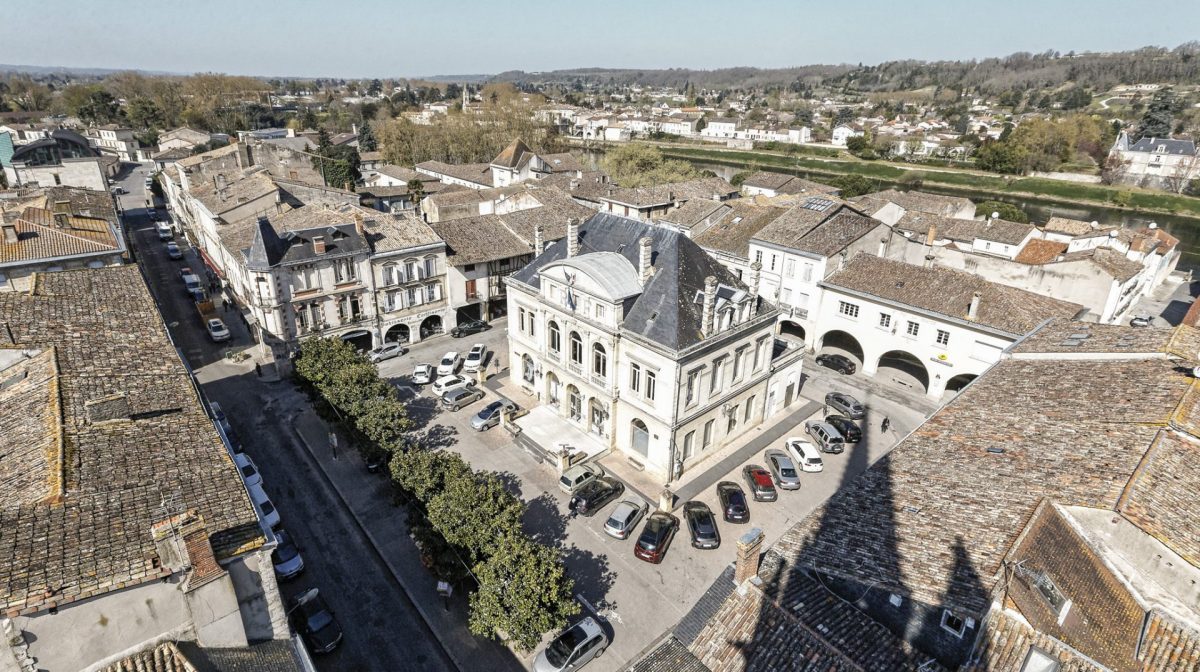
Sainte-Foy is atypical by its orthogonal plan, divided by straight streets which intersect at right angles, except for two diagonal streets in the southeast corner. The square, off-centered, is surrounded by cutlery on three sides. The church is built in one of the corners of the square.
![]()
Finishing tower ![]()
Church of Sainte-Foy-la-Grande ![]()
Half-timbered house
Sainte-Foy-la-Grande is experiencing an economic boom thanks to the wine trade that circulates on the Dordogne. At the time, the wines were shipped on barges to Libourne or Blaye and then embarked on ships to the British Isles. The Saturday morning market is ranked among the most beautiful in Gironde in 2021. This market now attracts the inhabitants of the territory but also of the surroundings.
![Marché de Sainte-Foy-la-Grance]()
Sainte-Foy-la-Grance market
